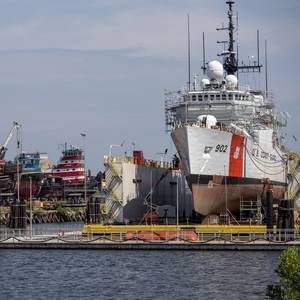
Colonna’s Shipyard is a fifth-generation, family-owned medium-sized shipbuilder, led by Randall Crutchfield, Chairman & CEO, today. Founded in 1875 by 26-year-old ship carpenter Charles J. Colonna with a $2,000 loan from his brother, he founded a company that has not only withstood the test of time
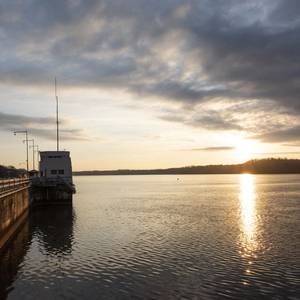
This episode of Maritime Matters: The MarineLink Podcast, delves into the critical importance of the inland waterways infrastructure in the U.S., focusing on the Chickamauga Lock Project on the Tennessee River. A trio of experts – Tracy Zea, President & CEO of WCI; Elizabeth Burks, USACE Nashville Division Chief; and Capt.
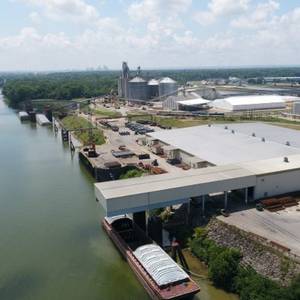
Tanco Terminals is expanding its liquid barge facility at the Ports of Indiana–Jeffersonville to meet rising demand for blended fertilizers across southern Indiana and northern Kentucky.The $750,000 expansion includes two new 45,000-gallon tanks designed to support regional cooperative Premier Ag, which is the customer of Tanco Terminals.
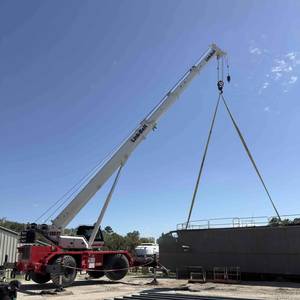
St. Johns Ship Building (SJSB), a subsidiary of Americraft Marine Group, announced the receipt and commissioning of a new 100-ton Link-Belt rough terrain crane, acquired through funding provided by the U.S. Department of Transportation’s Maritime Administration (MARAD) Small Shipyard Grant Program.The Link-Belt 100|RT is fabricated and assembled in Lexington, Kentucky, U.S.A.
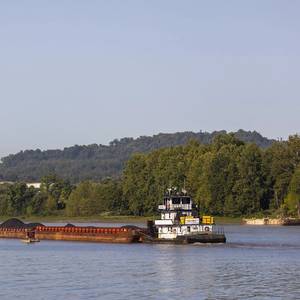
“In a global marketplace, supply and demand in one area of the world can greatly impact the agricultural production in another. American products are shipped worldwide …” is how the U.S. Department of Agriculture (USDA) describes the backdrop for international trade. The inland and coastwise waterway systems serving the United States (where agricultural cargoes are an important component) are
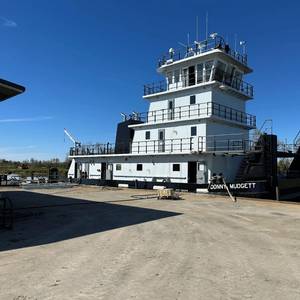
Shipbuilding in the United States has seen a heightened profile with increased attention from Congress and the Trump 2.0 Administration. The ongoing dialogue regarding reinvigorating the U.S. deep sea fleet has brought mainstream attention to vessel construction, which has been nearly absent in recent years.
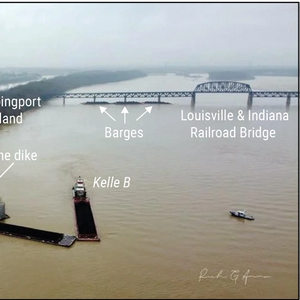
A barge tow struck a vane dike on the Ohio River last year because the pilot did not effectively compensate for the outdraft current while navigating out of the McAlpine Locks in Louisville, Kentucky, the National Transportation Safety Board (NTSB) has concluded.The towing vessel Amber Brittany was transiting the Ohio River on March 8, 2024

Some congressional Republicans expressed concern about U.S. military actions off Venezuela's coast and joined Democrats in pledging to look into multiple strikes on one boat, although there was no word on Monday of any briefings or hearings.White House spokeswoman Karoline Leavitt on Monday confirmed there had been two strikes on one boat in early September

ESAB announced the 12 recipients of the 2025 $5,000 scholarships, awarded through a collaboration with the American Welding Society (AWS) Foundation. The scholarships, made possible by ESAB’s Future Fabricators program, support students across North America pursuing welding certifications and degrees.ESAB developed its Future Fabricators Program to support aspiring welders and fabricators.
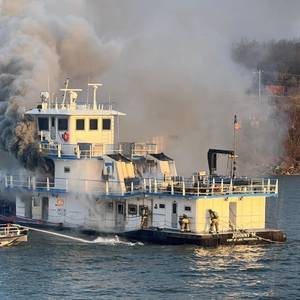
A catastrophic engine failure led to a fire aboard a towing vessel on the Tennessee River last year, the National Transportation Safety Board (NTSB) reports.An engine-room fire broke out on January 30, 2024, aboard the towing vessel Johnny M, which was pushing four barges on the Tennessee River near Grand Rivers, Kentucky.
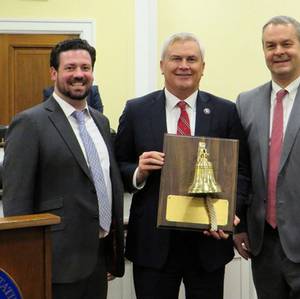
Congressman James Comer (R-KY), Chairman of the Oversight and Government Reform Committee, was presented with Waterways Council, Inc.’s (WCI) 22nd Annual Leadership Service Award on February 5, 2025, for his championship of the nation’s inland waterways and support of the Kentucky Lock project. The award was presented at a Capitol Hill reception.

The American Welding Society (AWS) Foundation is pleased to announce that it is currently accepting scholarship applications for 2025 from welding students across North America.The deadline to apply for AWS National, District, and Section Scholarships is March 1, 2025.In 2024, the AWS Foundation awarded scholarships to more than 1,200 welding students, providing financial support ranging from $1